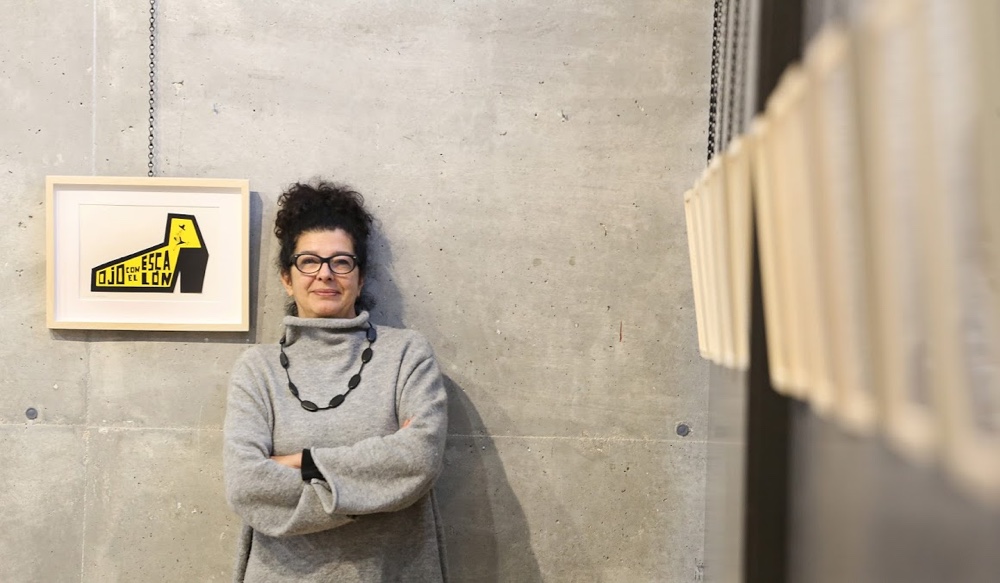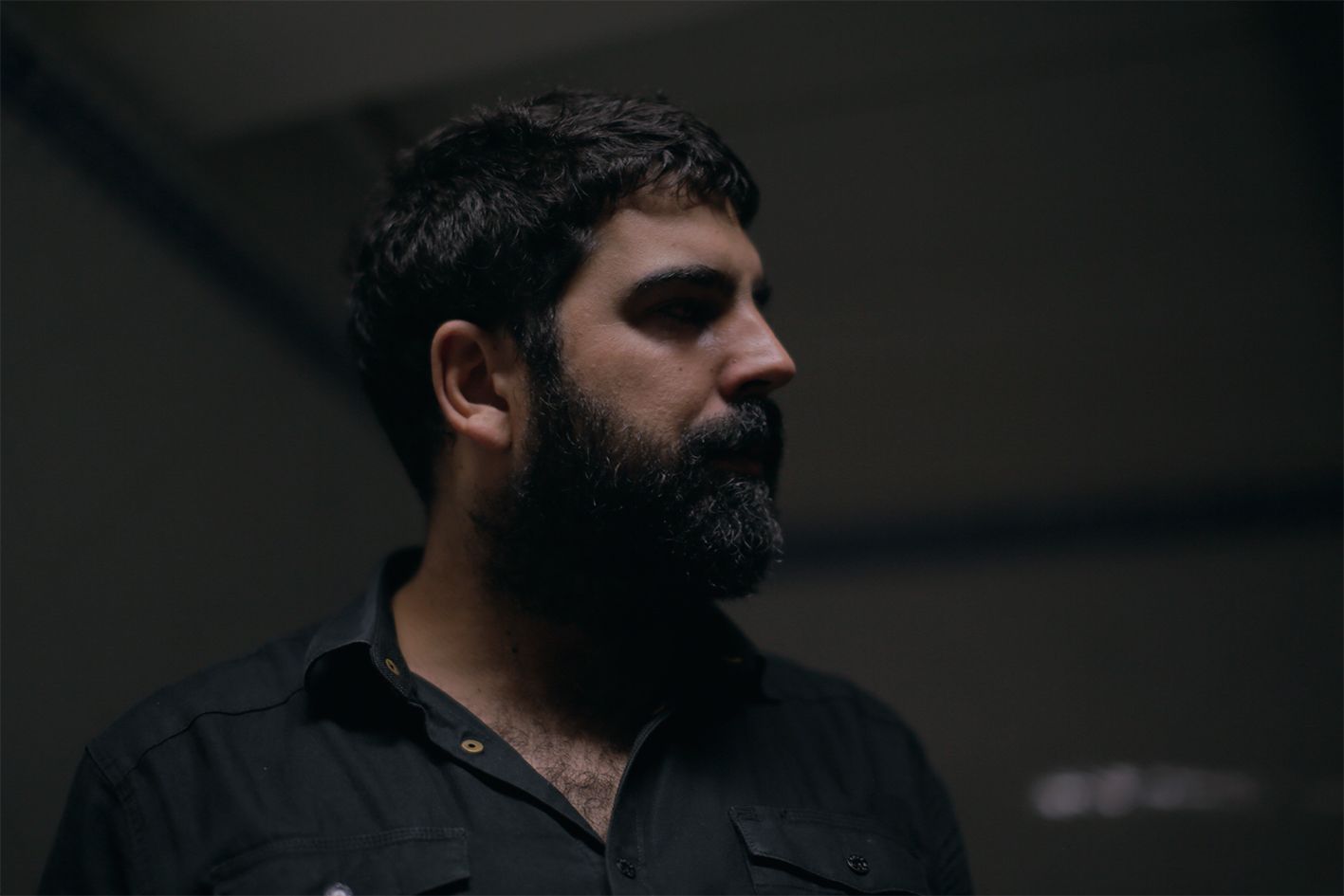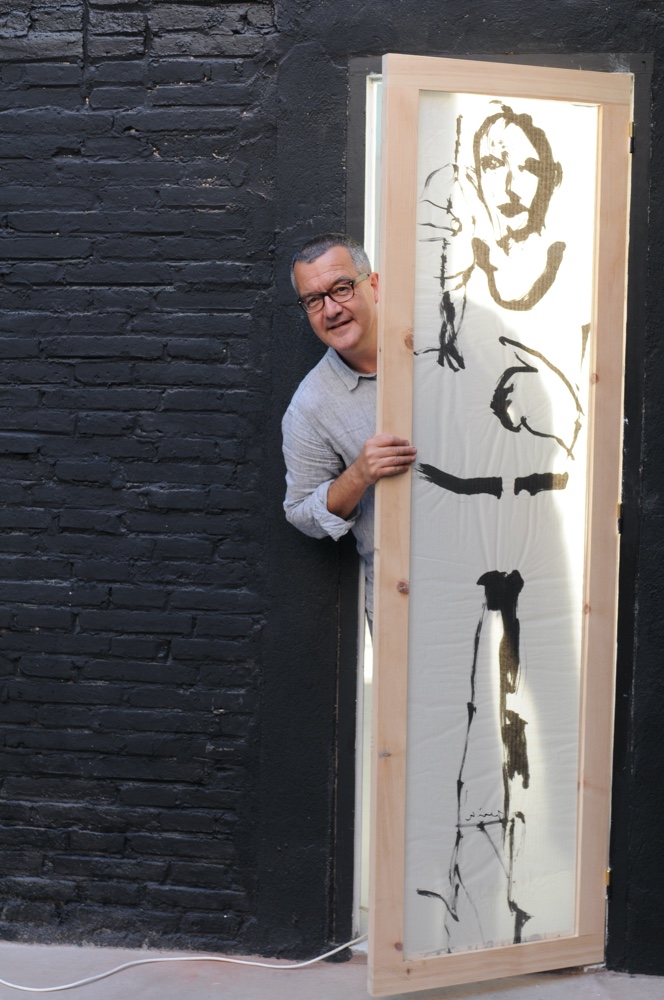#LZFFallBackOnArt
Continuing with LZF’s ‘People with Character’ series, we are delighted to bring you an interview with the intriguing Marre Moerel.
Marre Moerel is a prodigiously gifted designer–artist, whose work encapsulates a creative form of self-expression, one that questions our surroundings and why things are the way they are. Moerel was born in 1966 in Breda, a manufacturing town in the south-western Netherlands. She moved to Madrid in 2002, where she established her design studio and gallery. Moerel’s projects are mainly self-initiated, with a particular focus on handmade objects, created to express the inherent beauty of primal materials. Often humorous and provocative, her contemporary works are inquisitive, aesthetic, functional, and emotional, with a clever mix of current and historical references.

Marre Moerel.
In a bid to make the current lockdown situation that little bit more enjoyable, Marre Moerel has kindly provided images of a number of her handmade objects, free to download. Just click the image above, print them out, and put them up at home.
You describe yourself as a designer, yet much of your work has an artistic flair. Are you a designer, an artist, or a combination of the two? In your opinion, is there a difference?
(MM) I think there’s definitely a difference: art is art and design is design. Art sets out to express personal ideas, and while design can do this too—or allude to it—ultimately, it remains functional. Whether a piece is labeled art or design, is decided by the person making the piece, according to the intention behind the creation. With regard to my own work, I move between both worlds, or rather all three worlds, if I include the decorative arts.

‘Personal Hygiene’ series: Perfume Bottle.
I describe myself as a designer, because that’s the commercial environment in which I promote my work. However, my approach to work is that of an artist. I was trained as a sculptor and I develop my work, which is mostly self-initiated, from a personal perspective, as opposed to having a functional, client-based briefing.
I also don’t tend to design my projects, i.e. draw and plan them, but instead I start the making process almost immediately. I try to give shape to undefined and often vague ideas, and to let the objects evolve without knowing what the exact outcome will be. The work tends to grow by itself, as a conversation between me, the material and process. This results in sculptural entities, that in time develop into a series of functional objects, much like haute couture transforms into ready-to-wear.
A number of your works have wonderfully expressive (even primal) titles and references: Headbutt, Feral Child Clinging onto the Mother Lode, Earthy Shit with a Splash of Pink, Chicken Boy Grew an Arm, and Hope and Promises of Grandeur, to name a few. What goes through your mind when you set about creating a piece—what inspires you?
(MM) My work always starts with a question that I have. Very often it’s about things I don’t understand or don’t like—things that intrigue me to the extent that I want to understand or transform them, in a way that I can learn to appreciate them, or at least relate to them differently. An example would be when I used intestines as inspiration for my ‘Food on the Table’ collection. Seeing bloody organs displayed in their full, raw glory, in the markets here in Madrid, provoked a real sense of disgust, and at the same time, a feeling of intrigue and wonder: how does the body work, and can/or should we really eat this? It led me to investigate and work with intestines.

‘Food on the Table’ series: Intestigo carafe and Corazon cup.
I also have questions about simple, everyday objects—so why something is the way it is (why don’t we burn a candle from both ends?), or why certain objects, like garbage, are overlooked or forgotten, and can they be reused? (From a very young age I have been rummaging around in containers, taking all kinds of crap home, because I felt sorry for the discarded objects and materials.) Questioning objects enables me to understand them better, to pay homage to their past, and to give them new value or meaning by putting them into a new context.

‘Memento Mori’ series: Balance candleholder.
You moved to Madrid in 2002. What is your relationship with the city—how has it shaped the way in which you work?
(MM) As with other places where I have lived, for example New York and London, I have this funny love–hate relationship with Madrid. There are certain things I love about the place, and other things that I simply don’t understand. Of course this is inevitable: I think for anyone, the moment you leave a trusted environment, you become acutely aware of the differences in your new surroundings, some of which are for better, and some for worse.
For me, living in and travelling to many different places, has been essential to my work. I am constantly aware, and so able to gain a better understanding and appreciation of the cultural differences. I use these as a source of inspiration and it keeps me questioning. Not being from Madrid has been difficult, because I don’t have an inherited social safety net. Yet, it has fuelled my desire to work hard to make it work, and it has given me the freedom to develop my work and business in a completely independent way.

‘Shell’ series: Mytilus table lamp.
How much emphasis do you place on the aesthetic value of a design/artwork versus its functionality?
(MM) The aesthetic, concerned with beauty, is in itself subjective and prone to fashion, and therefore difficult to put a value on. For me, true beauty comes as a side product, the result of an object that is well executed, with an underlying message (whether functional or emotional), that is easy to read. When I create something, I try to focus mainly on what I want to investigate. The process is the most important part, and the outcome becomes almost inevitable, because it is dictated by the capabilities and limitations of both the process and the materials. Of course, some aesthetic decisions do come into play, but they’re very intuitive—they are learned by looking at things, using proportions typically related to my own physical limitations.

‘Food on the Table’ series: Strung-up containers.
Your work is the antithesis of commodification and fast design. How can designers and artists fight against the prevailing culture of fast and now?
(MM) I think it’s part of a designer’s job to take responsibility for what and how they create, ensuring objects have a valid reason for being. In general, I think it’s important for anyone to choose their own path, to make conscious decisions, and to stick to one’s own personal belief and way of doing things, rather than blindly following the mainstream and/or social pressures.

‘Transfiguraciones’ series: Chicken Boy Grew an Arm.
You work a lot with ceramic. What do you particularly enjoy about this material?
(MM) Firstly, ceramic itself is very sensuous, beautiful to touch and manipulate, fragile, and yet eternally strong. Secondly, there is the process—it forces you to slow down and concentrate. It is meditative and reduces stress, and you can’t speed up the process, because the work will be ruined. Finally, I love that ceramic is such a humble, primal material, with endless possibilities that do not require modern technology.

‘Anatomy’ series: Feral Child Clinging onto the Mother Lode.
Has the coronavirus pandemic, and lockdown, altered your approach to the way in which you work?
(MM) Not really. It has only slowed me down even more, and made me question, even more, why I’m doing what I’m doing, or what I should be doing. Of course I love what I do, but I wonder about the validity of it all: am I allowed to produce even more non-essential objects, or has this become more essential than ever?
It is inevitable that COVID-19 will change how we live, work and play—certainly in the short-term, and perhaps for years to come. How will creative individuals and companies need to adapt, in order to survive?
(MM) I wish I had the answer to that—it’s difficult to know what effect the virus will have on our profession, and the solution will be different for everyone. But for creatives, we’re lucky that our job is based on finding solutions, and creative thinking can be applied to any problem and any field. As long as we’re flexible, even if this means changing direction, then with careful consideration and an open mind, we should be able to find exciting, innovative, and sustainable new approaches.

Ode to Victor Gripo Village.
If you had the power to change the world, what one thing would you do?
(MM) Gather all of the world’s assets (in which I include education), and redistribute them equally between everyone. I would hit the restart button and give everyone an equal start.

‘Holland’ series: Hope and Promises of Grandeur.
All images courtesy of Marre Moerel Design Studio.













